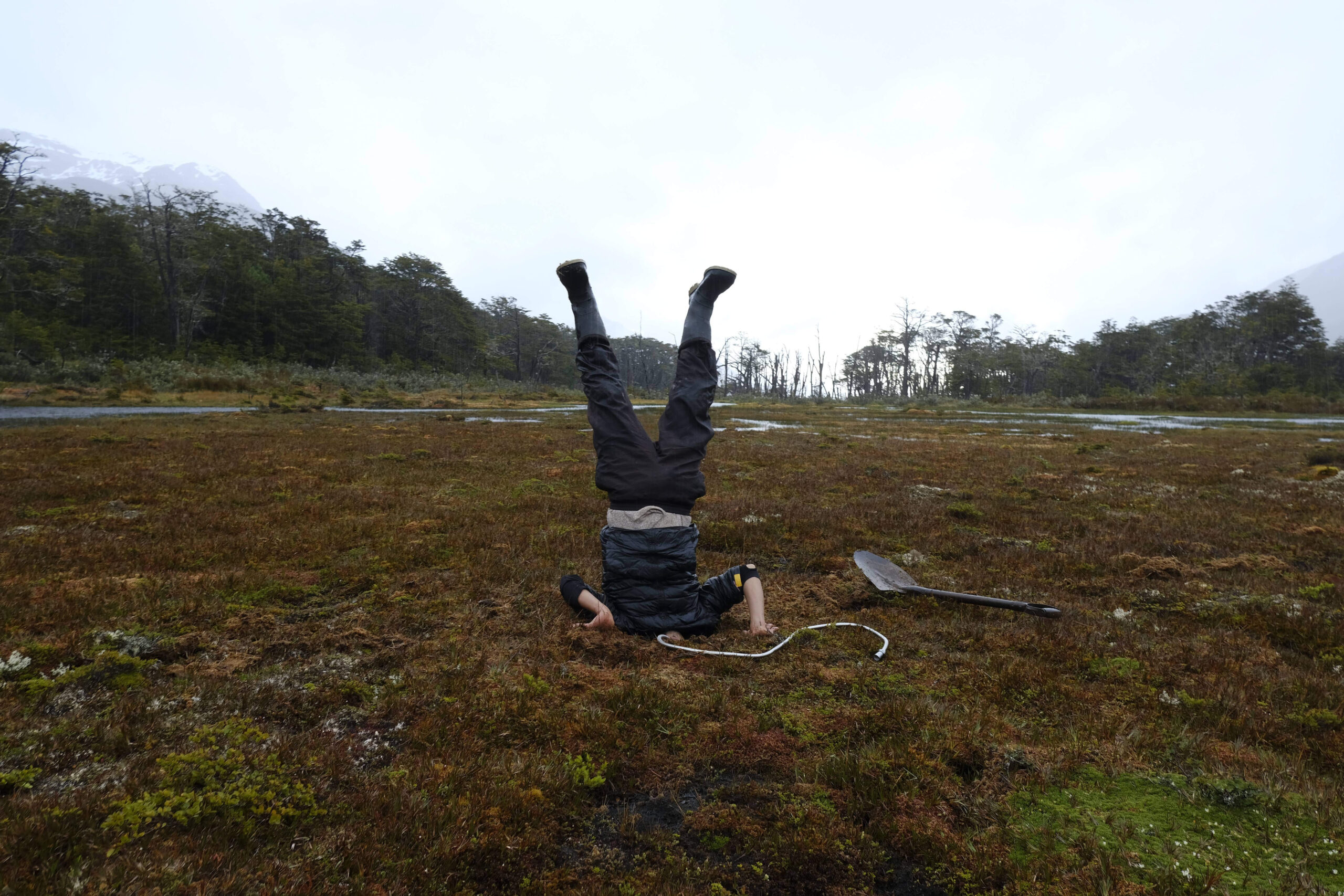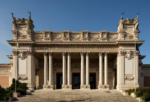59. Biennale – Padiglione Cileno

Il progetto Turba Tol Hol-Hol Tol rappresenta il Cile alla Biennale di Venezia.
Comunicato stampa
The Ministry of Cultures, Arts and Heritage of Chile and DIRAC are pleased to announce Turba Tol Hol-Hol Tol as the project that will represent Chile at the upcoming 59th International Venice Biennale.
The Chilean Pavilion presents a collective project that, in this time of climate crisis, seeks an experimental path towards the effective conservation of peatlands—the planet’s most efficient natural ecosystem in the regulation of the climate and yet one of the least known and researched. The exhibition proposes an immersive experience rooted in the material and ancestral experience of the Patagonian peat bogs, encompassing a large multi-sensory installation and a scientific experiment. “Hol-Hol Tol" means "heart of the peatlands" in the language of the Selk’nam people, indigenous to Tierra del Fuego, Patagonia. Rooted in Indigenous cosmologies and the environmental humanities, the curatorial proposal aims to give increased visibility to the peatlands by creating new ways for political, social and ecological redress through the scientific practice of conservation informed by the sovereignty of indigenous Selk'nam thought. The conservation of peatlands is intrinsically linked to the future wellbeing of humanity and, in Patagonia, to the rebirth of the Selk’nam people.
The pavilion is curated by Camila Marambio, whose transdisciplinary work encourages research, ecological performance, and collaborative sense-making. Turba Tol Hol-Hol Tol brings together a multidisciplinary team of Chilean creatives: Ariel Bustamante, an artist whose work focuses on transhuman conversations and Andean listening practices; Carla Macchiavello, an art historian and educator whose research focuses on contemporary Latin American artistic practices linked to ecology and social change; Dominga Sotomayor, an award-winning filmmaker and academic, and Alfredo Thiermann, an architect whose multisensory work explores the relationship between constructed spaces and history. The artists are joined by ecologist Bárbara Saavedra, Selk’nam writer Hema’ny Molina, cultural producer Juan Pablo Vergara, and additional plurinational collaborators.
The Selk’nam people inhabited Tierra del Fuego freely and lived in harmony with the peatlands of their ancestral territory for 8,000 years until the arrival of the colonists who were responsible for their genocide. Official history insists that the Selk’nam people became extinct. Today, the Selk’nam Covadonga Ona community repudiates this myth in a movement to be recognised as a living culture and language. The Selk’nam Hach Saye Cultural Foundation teaches us that their rights and those of the peatlands are interdependent.
Selk’nam leaders draw a connection between their movement and the necessity of peatlands to be acknowledged as a living body. Peatlands are in urgent need of conservation. All over this increasingly hot and dry world, these wetlands are imperiled. Their conservation is intrinsically linked to the future wellbeing of humankind, and in Patagonia, to the rebirth of the Selk’nam people.
Peatlands play a crucial role in regulating the planet’s climate by absorbing carbon from the atmosphere and storing it in deep layers of undisturbed organic matter (peat). This capacity places these wetlands “among the most valuable ecosystems on earth” (WCS Chile), yet peatlands are overlooked due to their fundamentally buried structure. This condition increases their exposure to serious threats: mining, harvesting peat moss, and drainage for development. Once drained and destroyed, peatlands go from being carbon sinks to being sources of carbon emissions, releasing enormous amounts of greenhouse gasses into the atmosphere.
Peatlands challenge us to create a new, turbid and multivocal aesthetic that remixes the stories of the Patagonian peat bogs, emphasizing their role as a Southern bastion in the face of climate change.
Collaboration and ethics
Turba Tol extends from the investigative research of the collective platform Ensayos, in close collaboration with the Wildlife Conservation Society-Chile, Karukinka Park in Tierra del Fuego, and the Selk’nam Hach Saye Cultural Foundation.



